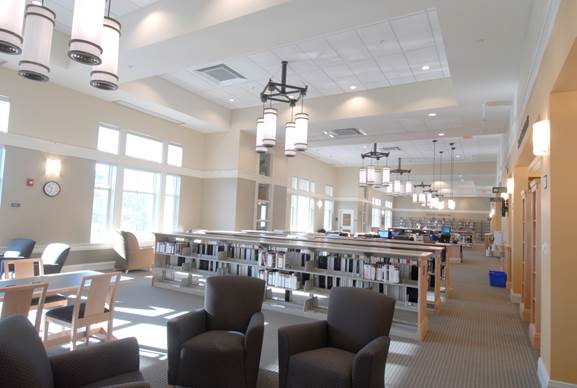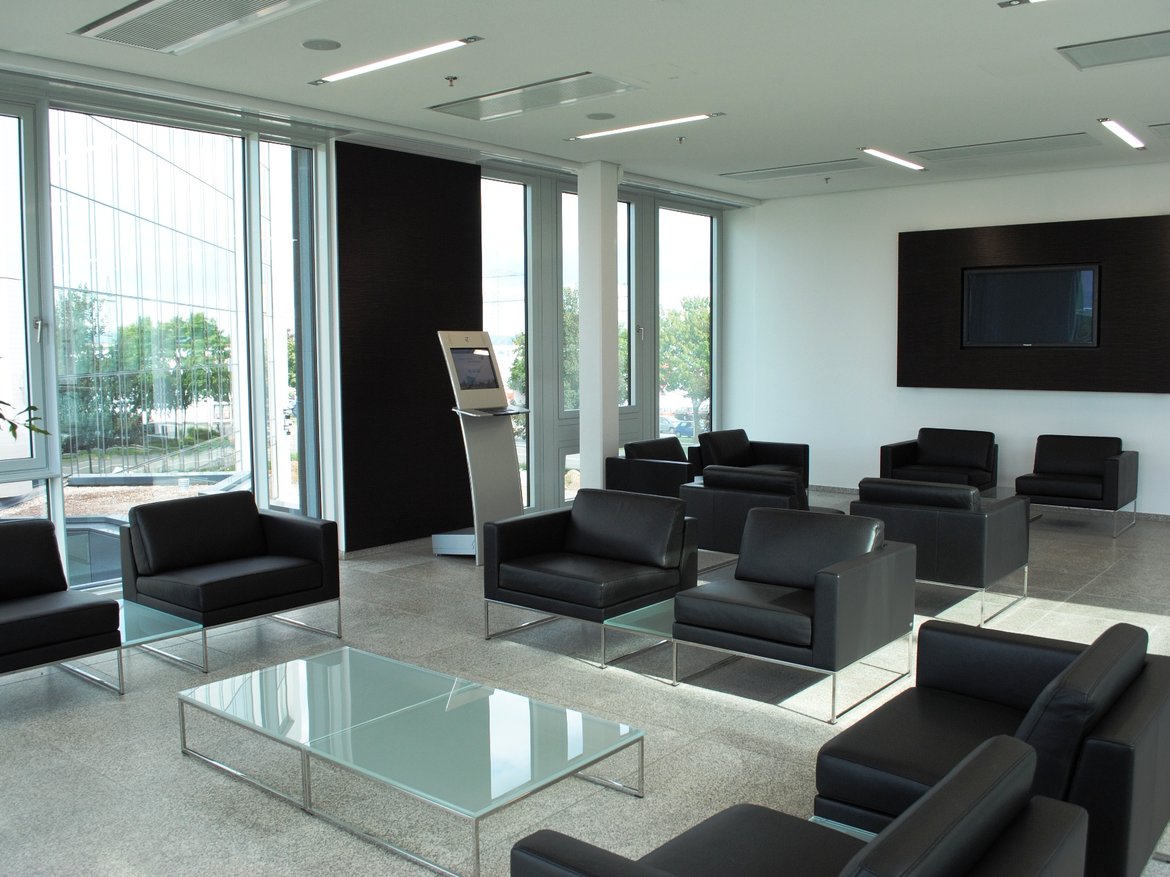Applications
For chilled and induction beam systems
NuClimate offers standard and custom-build heating and cooling equipment for virtually any mechanical specification or architectural requirement.
The result of more than a half century of forward thinking, smart management and cost-saving innovation, NuClimates’s products represent a triumph of modern engineering and a perpetual desire to break new ground.

Condensing / Cold Water Induction System
- Code compliant Drain Pan manages condensation
- Drain pan allows for increased design capabilities & liability control
- Entering water temperatures as low as 42° for increased capacity & system flexibility
- 42° EWT has up to 325% more capacity as 58° EWT w/same coil at same flow
- Higher BTU/CFM ratio achieved compared to sensible only non-condensing design
- Deliver up to 80% of total Btu/h’s to the space with water.
- During cooling deliver more neutral, warmer & wetter O.A. to the induction beam reducing the cost, total load and complexity at the DOAS
- Higher cooling and heating capacities = Smaller pumps, Less: copper piping, ductwork, insulation, hose kits, etc.
- Delta T’s across cooling coils as high as 20°
- Lower annual maintenance costs and fewer components to fail
- Less total coil surface required to meet internal space loads
- No mixing valves, booster pumps or heat exchanger required to keep entering water temp above the space dew point
- Fewer control points and sensors required as compared to sensible only chilled beam system
- Reduced Air handler cost – No need for custom DOAS that provides 100% of the latent capacity
- Air Handler can provide minimum ventilation since induction beams have much greater capacity reducing the need to over ventilate spaces with high space loads and low O.A. requirement such as corner offices and spaces with high solar loads
- Can design buildings return conditions at 75DB/64WB without fear of condensation forming
Hybrid Induction Beam System
- Code compliant Drain Pan manages condensation if produced
- Drain pan allows for: Hybrid design, system flexibility, increased capacity potential and reduced first cost for sensible only design
- Can design buildings return conditions at 75DB/64WB without fear of condensation forming
- Design sensible only system at 55° EWT with ability to reduce EWT as required to match building load during 1 % design days.
- Higher BTU/CFM ratio achieved compared to sensible only systems
- Deliver a higher % of total Btu/h’s to the space with water.
- During cooling deliver more neutral, warmer & wetter O.A. to the induction beam reducing the cost, total load and complexity at the DOAS
- Greater Delta T’s across cooling coils compared to sensible only°
- Lower annual maintenance costs and fewer components to fail
- Fewer control points and sensors required as compared to sensible only chilled beam system
- Reduced Air handler cost – No need for custom DOAS
- Air Handler can provide minimum ventilation since induction beams have much greater capacity reducing the need to over ventilate spaces with high space loads and low O.A. requirement such as corner offices and spaces with high solar loads


Sensible Only Chilled Beam Systems
- When energy efficiency is the designs driving factor, not first cost
- Dedicated chiller produces chilled beam’s Entering Water above the space dew point between 57° and 62° for increased efficiency at the chiller plant
- Lower BTU/CFM ratio achieved compared to condensing design
- Deliver up to 30% 50% of total Btu/h’s to the space with water
- This system is best applied when the cooling requirements are low enough that minimum ventilation from the DOAS can be used to meet the sensible and latent space loads
- (DOAS) Dedicated Outside Air System provides 100% of the latent capacity to each space
- It is required that Infiltration & other latent space loads be controlled by the DOAS
- Condensate sensors, mixing valves, booster pumps, heat exchangers are required in order to maintain the terminal units EWT above the space dew point to avoid condensation forming
- When ceiling space is very limited and running condensate lines is not possible chilled beams are a good option
- Facility staff must be capable of handling more complex DOAS unit and controls
